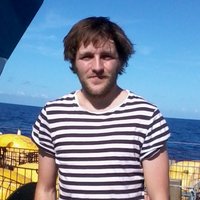
Benjamin Mills
@bjwmills
Professor of Earth System Evolution @SEELeeds.
Climate, oxygen, life over Earth history.
ID: 943201598158901248
http://earthevolutionmodelling.com 19-12-2017 19:29:19
478 Tweet
794 Followers
668 Following


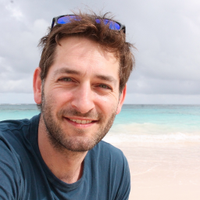

Do you use ocean sediments and/or geochemical proxies to investigate Earth system change? If so, come and join us Cardiff School of Earth & Environmental Sciences 'Lecturer in Past Climates and Earth System Change' cardiff.ac.uk/jobs/vacancies Job # 18828BR

Now it's closer to the time, I'm really excited to say that I'll be joining Cardiff School of Earth & Environmental Sciences as a Lecturer in Global Biogeochemical Cycles at the start of September! Even better, if you're also interested in Earth System changes, the dept are recruiting: krb-sjobs.brassring.com/TGnewUI/Search…

🌟New PDRA Position in Dynamo Modelling🌟 22 months with me in Earth and Environment at Leeds University of Leeds. Please RT and get in touch with me if interested! Full job details here: jobs.leeds.ac.uk/Vacancy.aspx?r… More info on our group is here: planetarycores.leeds.ac.uk



Are you/do you know someone interested in exploring carbon sequestration via rock weathering? Then apply for this cool PhD with Cardiff School of Earth & Environmental Sciences findaphd.com/phds/project/q… Have to be a UK student because of funding rules. For any Q's email Morten Andersen in the link.



Vegetation response to warming delayed climate recovery after past CO2 input events. Great to work on this study led by Julian Rogger and Loïc Pellissier science.org/doi/10.1126/sc…

Researchers, including Benjamin Mills, have developed a new way of calculating the climate impact of huge ancient volcanic eruptions 🌋 The work sheds new light on how vegetation regulates climate and sounds a warning about rising temperatures 🌡️👇 climate.leeds.ac.uk/news/ancient-v…

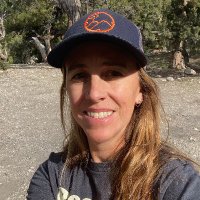
Are you: Tired of paywalls Tired of publication fees Tired of corporations making💲off of editors' free labor Wired for geochemistry Then consider joining the editorial team at Advances in Geochemistry and Cosmochemistry ! 💎 oa, free to publish and free to read. Apply here: tinyurl.com/bdznc356

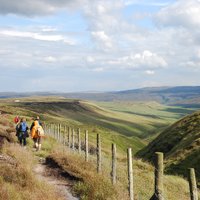
New research by Prof Tom Gernon and Benjamin Mills shows how 'oceanic anoxic events' up to 185 million years ago changed the course of evolution and our planet. environment.leeds.ac.uk/news/article/5…


Solid Earth forcing of Mesozoic Oceanic Anoxic Events: nature.com/articles/s4156… Really enjoyed working on this project led by Prof Tom Gernon where we used continental and submarine estimates of P input to test if deoxygenation would occur

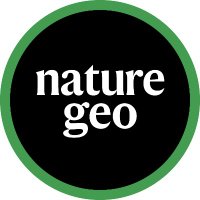
Article: Enhanced chemical weathering following continental breakup may have driven a succession of Mesozoic oceanic anoxic events, according to tectonic and biogeochemical modelling Prof Tom Gernon Benjamin Mills OceanEarthUniSoton University of Southampton Earth and Environment at Leeds nature.com/articles/s4156…
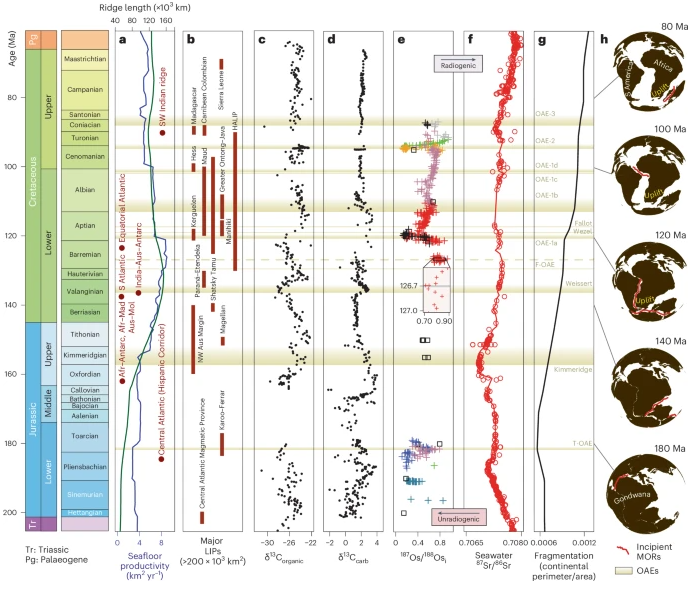
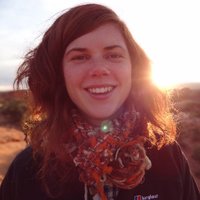

Enhanced chemical weathering following continental breakup may have driven a succession of Mesozoic oceanic anoxic events, according to tectonic and biogeochemical modelling presented in Nature Geoscience. go.nature.com/4cVXQdf





